In a previous post, I mentioned the painting Friedland by Ernest Meissonier and that it he painted it over an incredible 14 years. These were not idle years either. Much of the time was spent researching, repainting and restarting. It involved real life cavalry charges, trampling crops, and laying railway tracks. It also took place in one of the most pivotal decades of the 19th century, once which sprouted Impressionism, saw the Franco-Prussian war which laid the ground work for WWI, endured the Communards and witnessed the culmination of academic painting. Fascinating times.
If you get the chance, read the book The Judgment of Paris: The Revolutionary Decade That Gave the World Impressionism by Ross King. It is a very well written book, giving some great insights as to how some quite famous paintings came to be and as well as some important moments in history.
I came away with much respect and admiration for Meissonier and Monet, less for Manet and disdain for Courbet. I was also struck by the lengths that the artists then would regularly go to to finish a painting. It was also engrossing to read about the Salons and the weight they carried in the art world as well as the great expositions that drew people from as far away as China to Paris. There is far too much to share here in this post but I will share some details about one painting in particular, Friedland, much discussed in the book.
The painting hangs in the Metropolitan Museum of Art, and measures 53.5 x 95.5 inches. It is not that large of a painting, not in relation to the time it took Meissonier to complete it. He was a perfectionist to the highest degree. He did massive amounts of research for a piece (he wanted to know what wheat in June would look like when trampled by a cavalry unit, so he planted a field of wheat, waited until the following June and hired cavalry to trample it). He wanted to know how horses really looked when galloping, so he would gallop along the same cavalry taking notes. When that was insufficient due to the difficulty of making and recording observations while at a full gallop, he had a small railway built on his property so he could sit in a special cart and be pulled along smoothly next to horses while they galloped. The painting was repeatedly scraped down and parts repainted. Portions that were once deemed finished and satisfactory were redone. It was even punctured once by a falling mirror during a fencing match that tore a 3 inch hole in the middle. This wound was dressed and the noble canvas continued it’s long march towards completion.
It is a remarkable painting. The horses alone show great character and individuality, much more than the charging riders, who all seem to be the same grey mustachioed character. One of the most astonishing things to me about the piece is that much of the brushwork still seems lively and fresh. I would have expected that after so many years of work, it would have been mind-numbingly overwrought.
I managed to take some good images of the painting. They are very hi-res, so you might want to download them, or right click and open them in a new window or tab to see the details.
Detail of the much labored cavalry men, cuirassiers saluting Napoleon as they pass.
I LOVE this white horse in the foreground. He looks like he is about to speak. Note how all the riders look like the same model, but all the horses have way more individuality. The look might have been part of the uniform, I don’t know.
I love the detail in the horse tackle here. Tiny wonders, like the twist in the yellow reigns. The metalwork on the buckles is also perfect. It was said of his paintings that they could be viewed with a magnifying glass and that the viewer would be rewarded for doing so.
The Ol’ Corsican himself, looking dapper and in command.
I love these fellows, tons of character in their faces and poses.
Awesome. The lacing around those brass buttons and the incredible amount of pomp. I like to imagine that their skulls are huge and the shape of those furry hats.
This horse is wonderful. The look of terror in its eyes is so believable. I don’t know if it is because of the oncoming charge of cavalry, or that it has held this pose for 14 years while being painted. Look how that rider is pulling the reign in with his pinky. Note how it pulls his other fingers in. I think this kind of detail comes only from deep knowledge and direct observation.
Great details on the cannon and boot.
And the final epic painting in all it’s glory. I didn’t take this final shot, but found it online.
I find myself coming back to look at the detail in this painting again and again after reading of the effort that went into it’s crafting.
Whatever it takes.


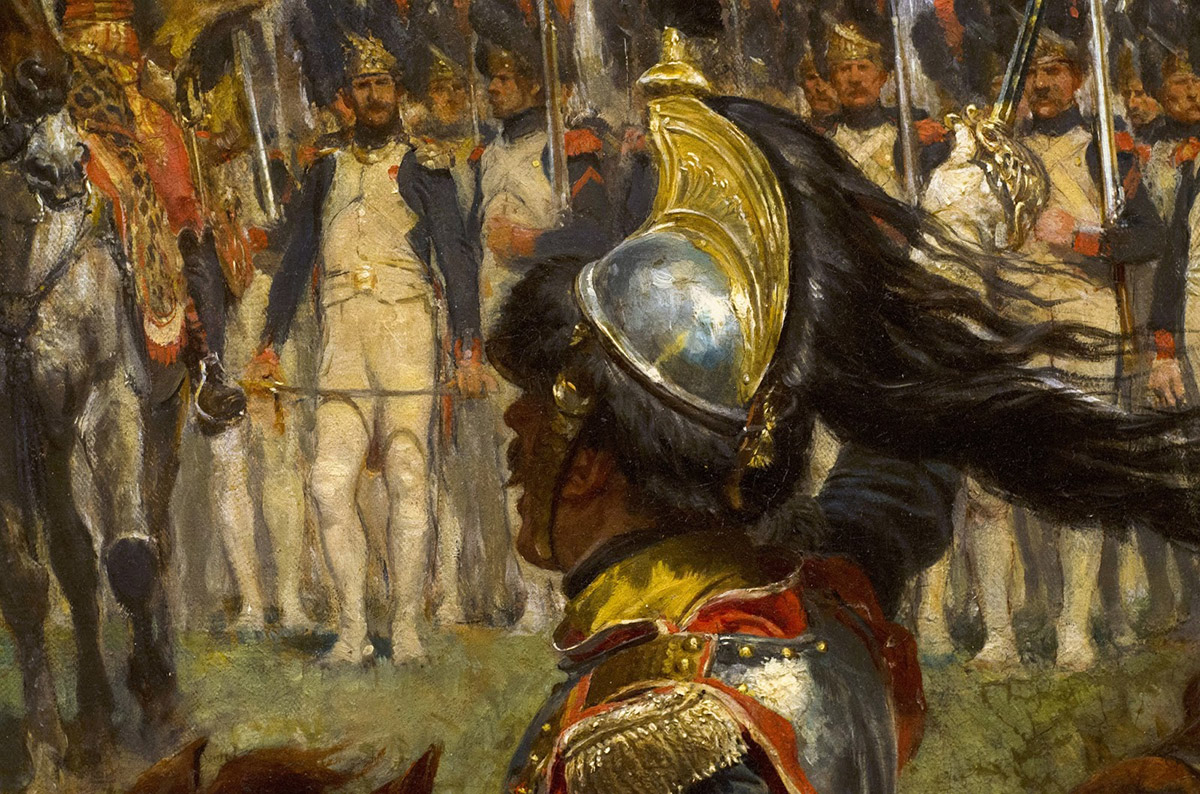


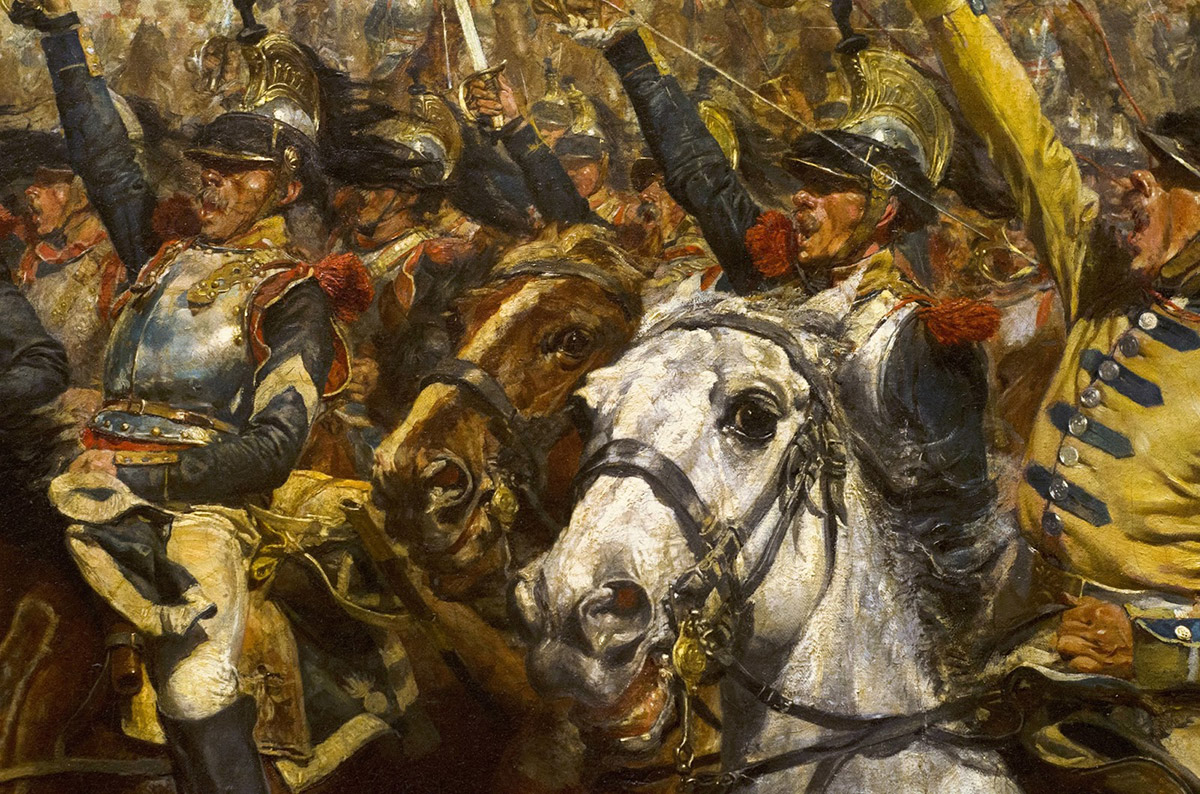
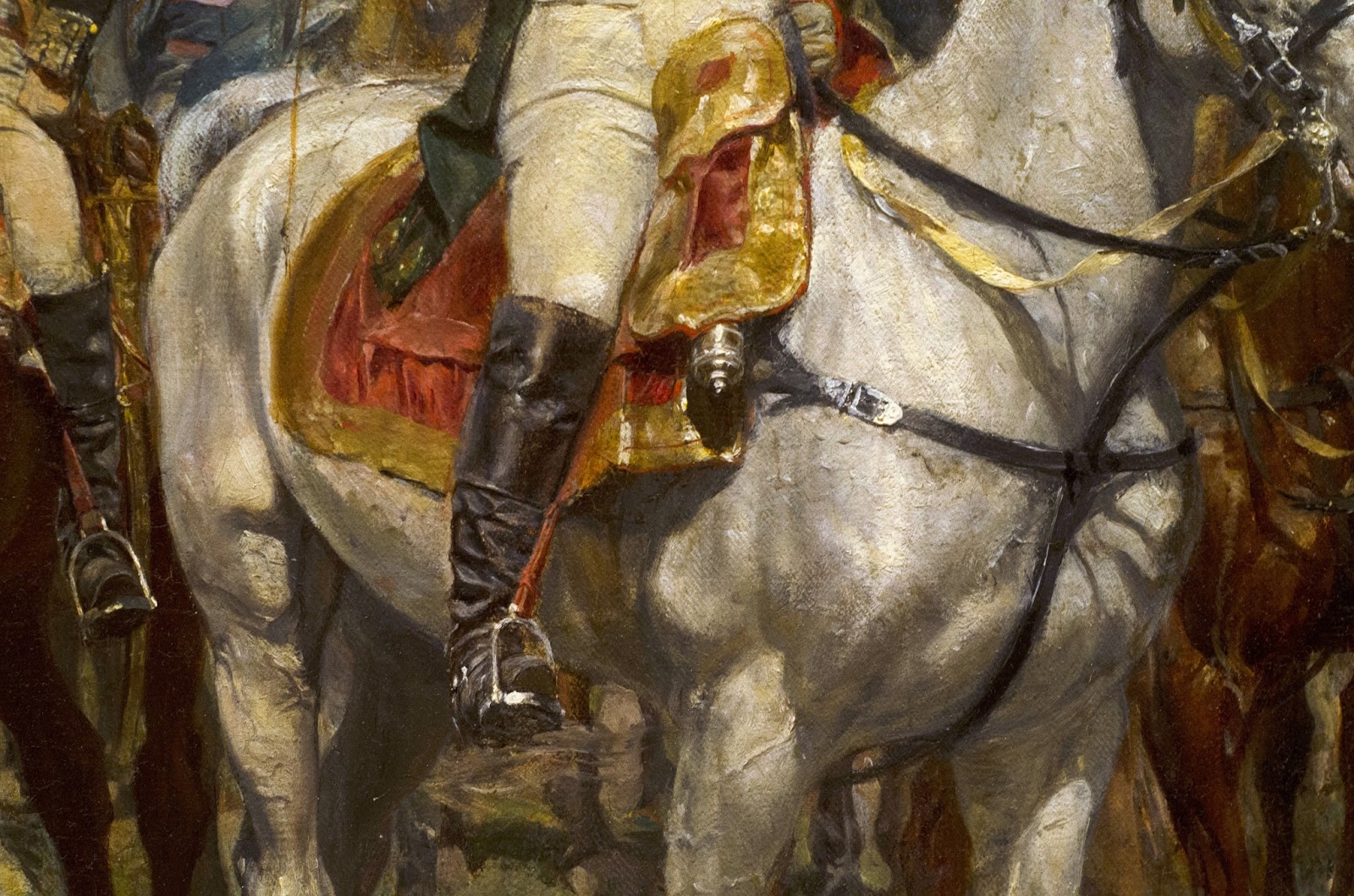

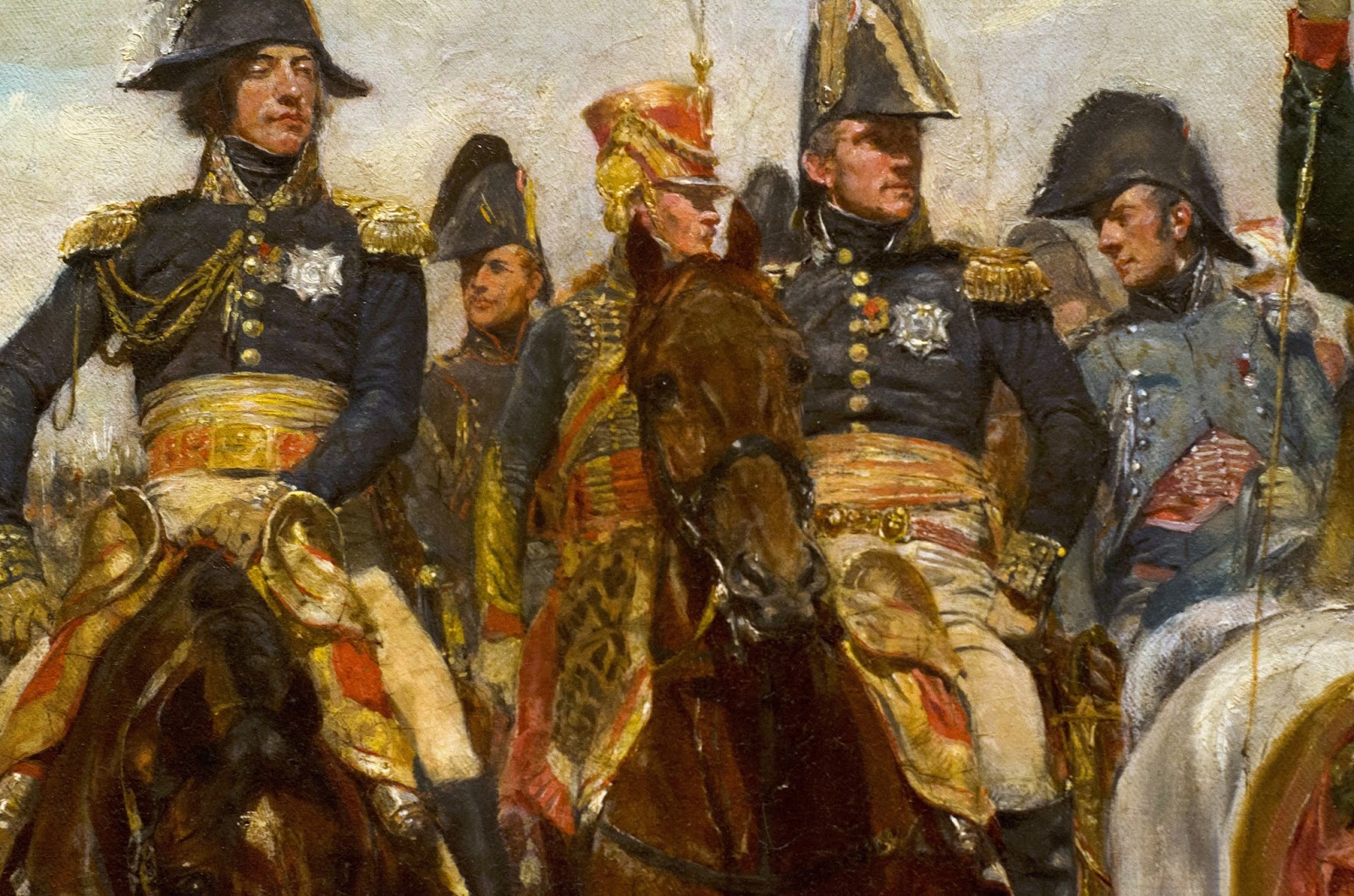
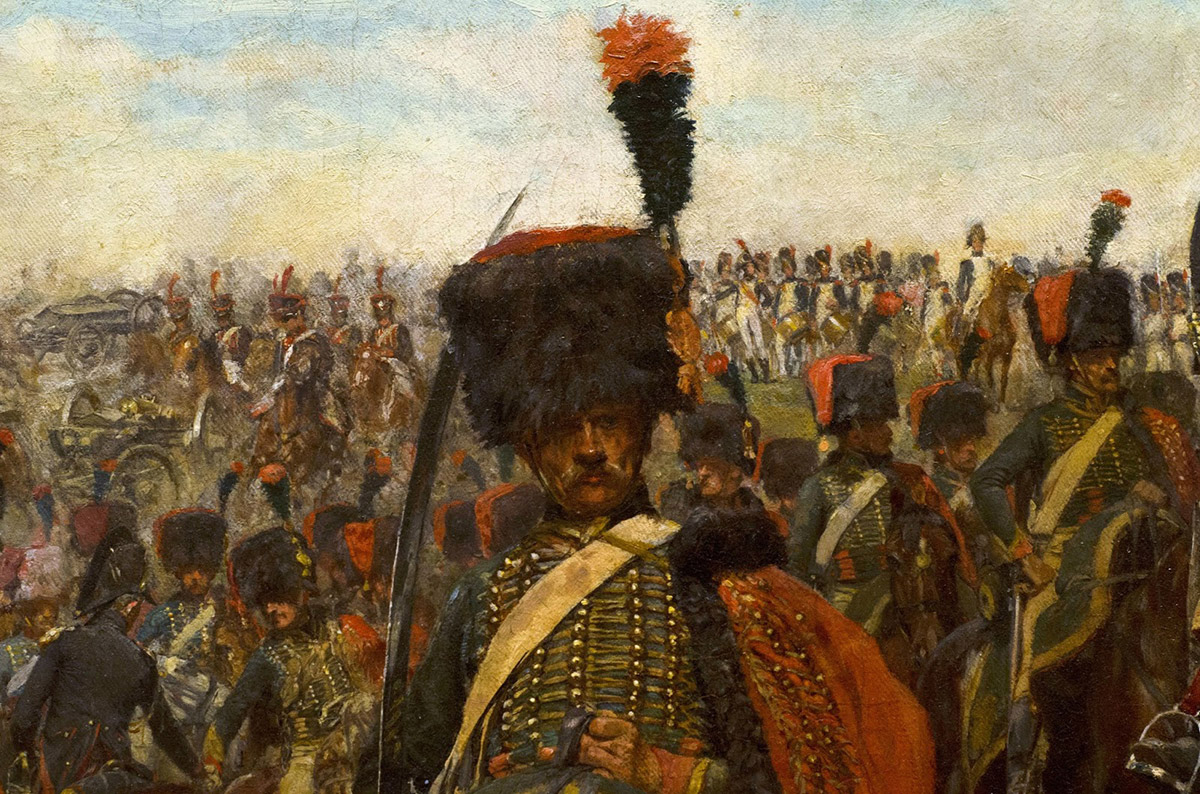
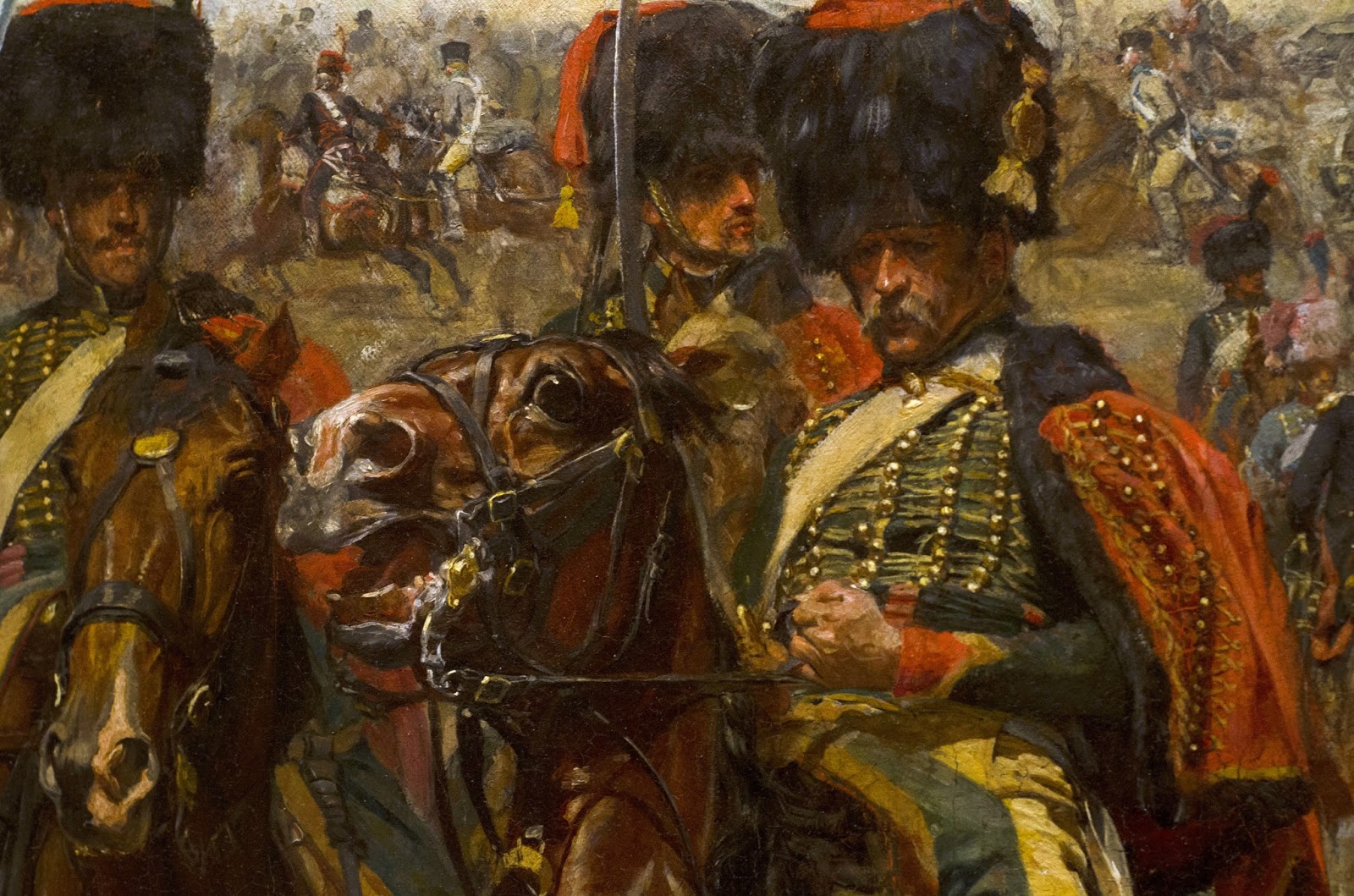
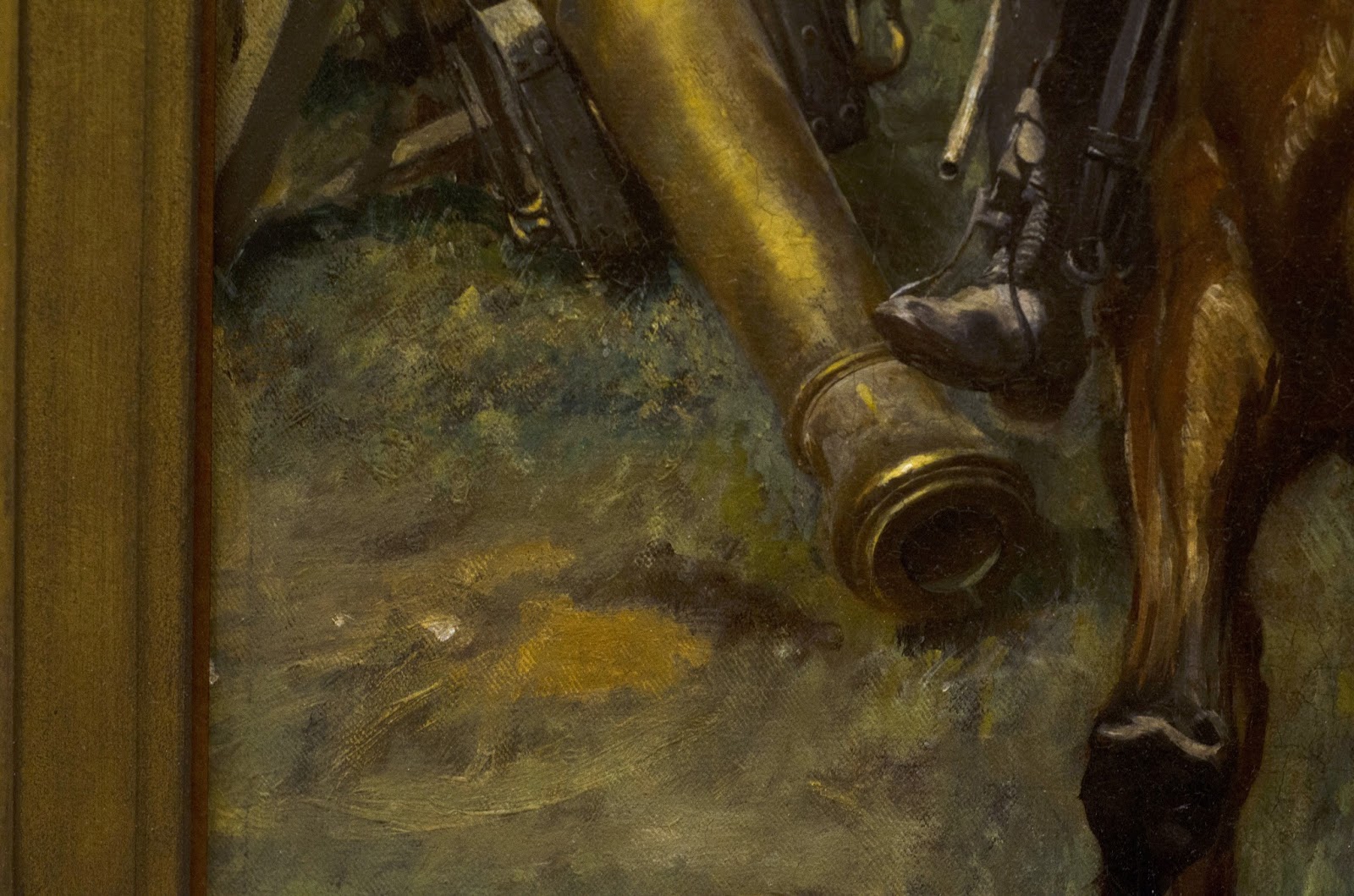
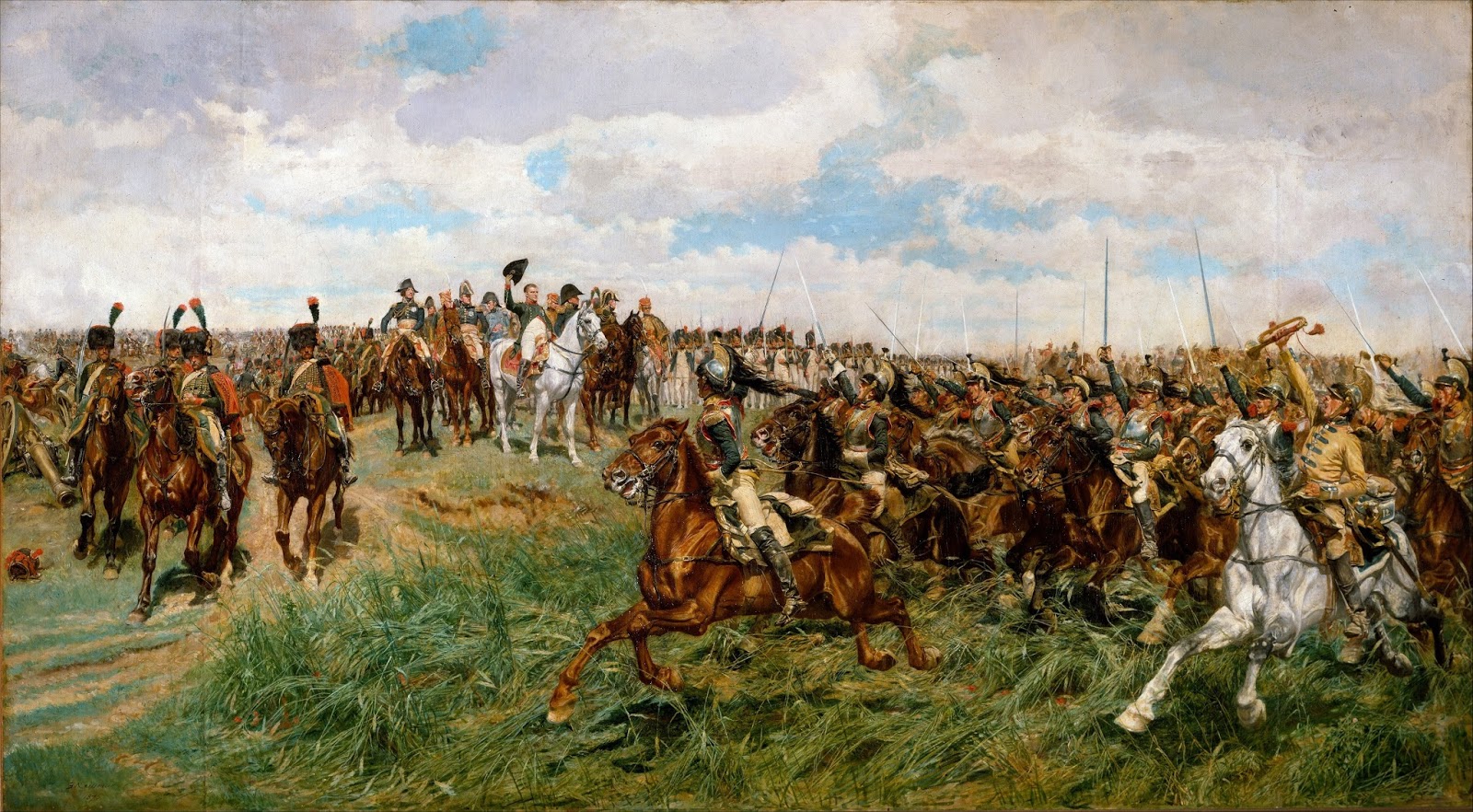
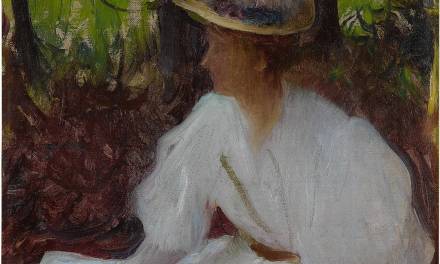
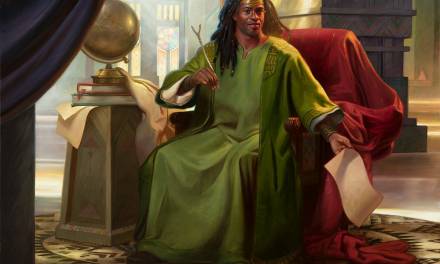
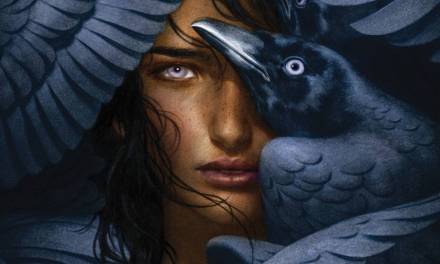
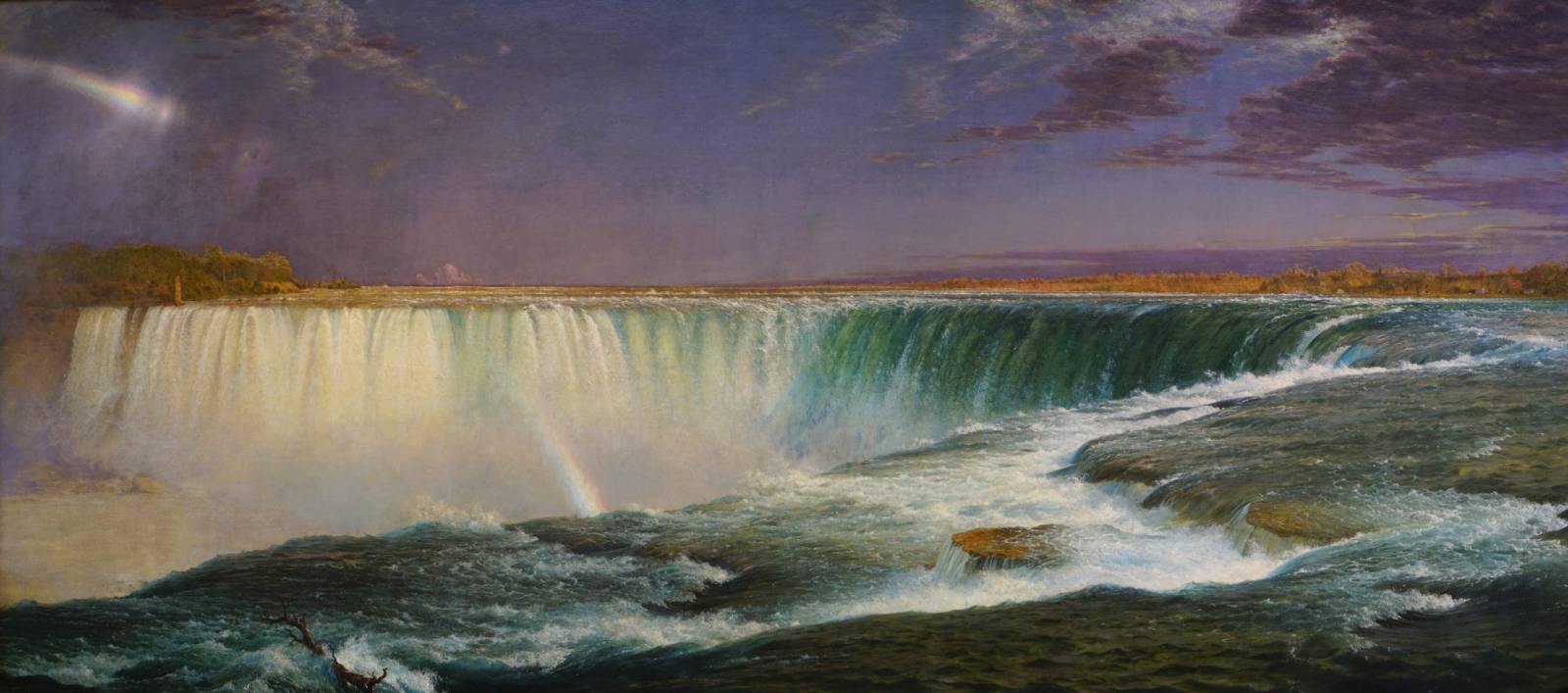

Thanks for the detail shots! There is too much going on to appreciate without being able able too see things up close. Boy, growing wheat for research… I can hardly wait for things to dry.
James Gardner
When I first made the switch to digital and got myself a swanky monitor this was the painting I set as my desktop background to see how good the screen was – one of my favourite paintings/painters along with Repin etc, a real illustrators artist – great post, and thanks for those high res images! Must see this in the flesh one day…
I agree with Phil on “must see this in the flesh one day”… the details are stunning! Thanks for posting them. I really enjoyed the book too, although I wouldn't want to piss off Meissonier 😉
After reading this article, Howard (you do great stuff; keep it coming), I wondered about this history of the painting itself and whether or not they hyper-particular Meissonier considered it a success. Here's a snippet from the Met, where it hangs (http://metmuseum.org/Collections/search-the-collections/437052):
“This work, the largest and most ambitious painting by an artist renowned for meticulously rendered cabinet pictures, evokes one of Napoleon Bonaparte’s greatest victories. Meissonier made hundreds of preparatory studies for it, including drawings and sculptural models. He conceived the picture as part of a cycle of five key episodes in the life of the Emperor, only one other of which was completed: The Campaign of France—1814, an image of defeat (Musée d'Orsay, Paris). The present work gained notoriety in 1876, when the American department store magnate Alexander T. Stewart purchased it from the artist, sight unseen, for the then astronomical sum of $60,000.”
Think of selling a painting for $60K in 1876. I'd say it was successful. Given its acclaim I'll assume Meissonier was happy with it. 🙂
Thanks for posting the detail shots of Meissonier's magnum opus. What a superb work of art, and even though he is an academic painter, it is interesting that his brushwork was actually somewhat loose. Compared to someone like Jean-Leon Gerome anyway.
I did read Ross King's The Judgement of Paris, and found it, well, too academic. Way too much focusing on the history of the period, and not enough about the artists of the time. Even though the title suggests it covers the impressionist movement, the impressionist artists were barely in there. The coverage of the two “contrasting” artists that were featured, Meissonier and Manet, was good. However Manet was essentially still a realist painter, and an actual impressionist such as Monet or Renoir would have been a better example of the change in artistic thinking in my opinion.
Heartfelt thanks for your wonderful post. Friedland is an astonishing human achievement. All the more so considering Meissonier's former ouvre as “the painter of Lilliput”. In 1972 I was an illustration student at SVA, trying to fathom and acquire the magic of Howard Pyle and N.C.Wyeth. While at the Met, I encountered Friedland and was dumbstruck like Moses before the burning bush. It seemed to be the work of a god. Still does.
This is an awesome post. I think it is very useful for all of us. We know many historical things by reading this. This is a great book. Thank u very much for the nice post.
click goals
premier league live
It's a great book. However, it should be noted that “The Judgment of Paris” casts Meissonnier as its “villain” of the story, and holds “Friedland” up for scrutiny as anti-Impressionism.
I appreciate the historical background in the book and think it's what makes it a cut above as far as art history books are concerned. These artists did not work in a vacuum.
I went to the National Museum Wales traveling exhibition of Impressionists a few years ago and they included a small Meissonnier as context. I wish I'd known what I was looking at, at the time, because there wasn't anything in the exhibition notes that conveyed what a hugely popular and wealthy artist Meissonnier was in his day. To me, it was just a well-executed miniature (one of his cardsharps pieces).
(BTW, I never cared for Manet and he seems to be famous only for being famous. I mean, some of the basic errors in his compositions are, well, errors… and he was terrible at research.)
It is very nice post about to discussed the famous book “The Judgment of Paris”.this book having some great and famous paintings that's brings some important historical moments in there.
mind reading show